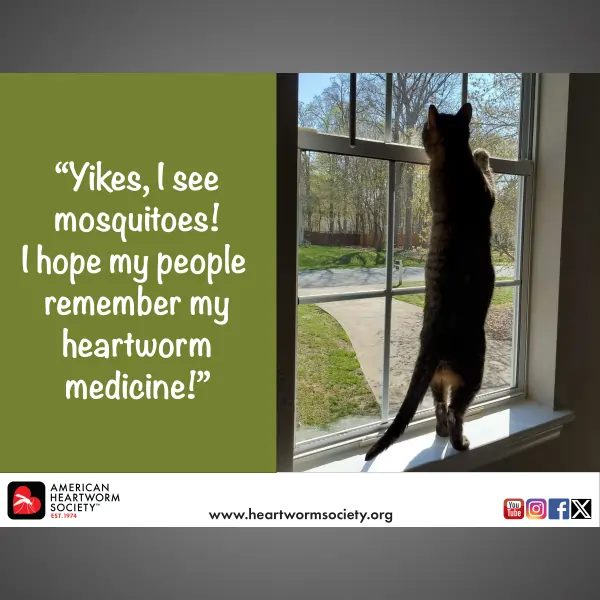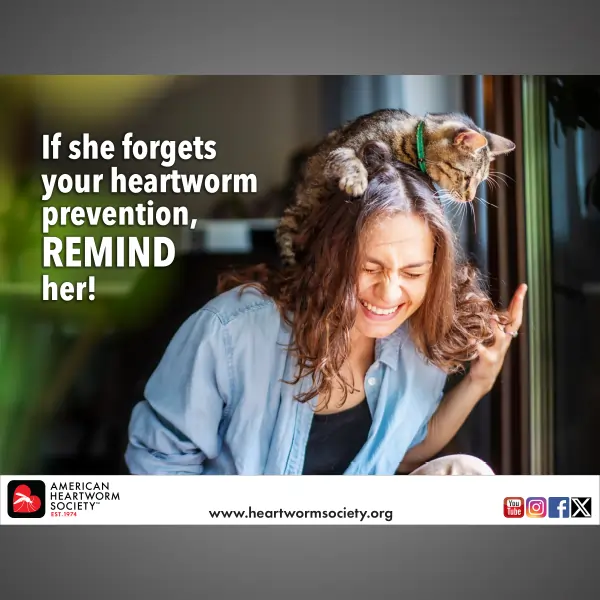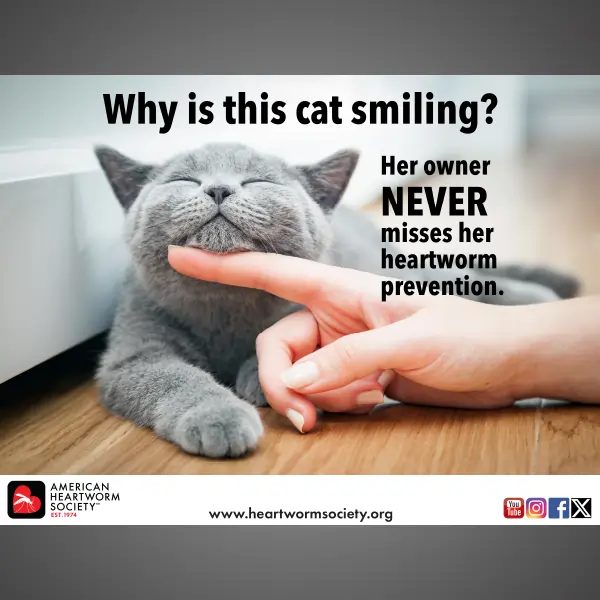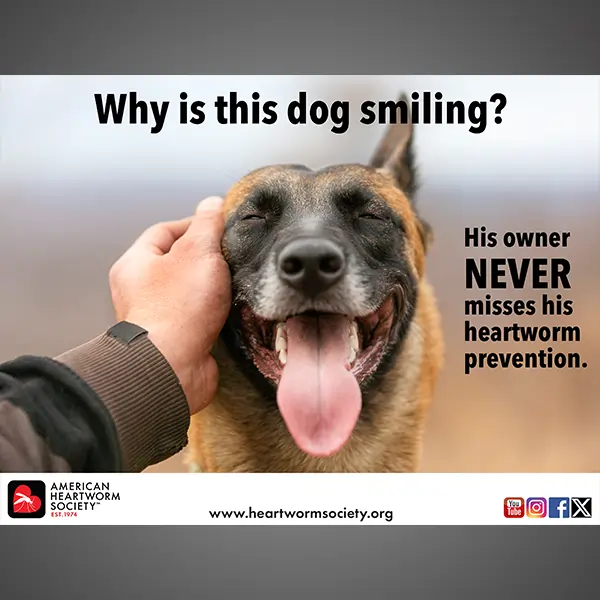What are the Implications for Heartworm Infection?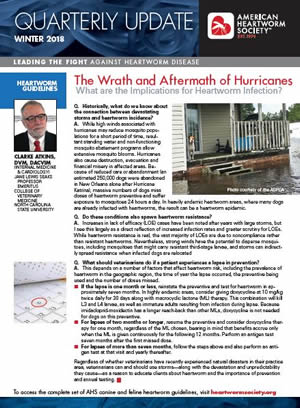
by Clarke Atkins,DVM, DACVIM
Open/Download Quarterly Update as PDF
Q. Historically, what do we know about the connection between devastating storms and heartworm incidence?
A. While high winds associated with hurricanes may reduce mosquito populations for a short period of time, resultant standing water and non-functioning mosquito abatement programs allow extensive mosquito blooms. Hurricanes also cause destruction, evacuation and financial misery in affected areas. Because of reduced care or abandonment (an estimated 250,000 dogs were abandoned in New Orleans alone after Hurricane Katrina), massive numbers of dogs miss doses of heartworm preventive and suffer exposure to mosquitoes 24 hours a day. In heavily endemic heartworm areas, where many dogs are already infected with heartworms, the result can be a heartworm epidemic.
Q. Do these conditions also spawn heartworm resistance?
A. Increases in lack of efficacy (LOE) cases have been noted after years with large storms, but I see this largely as a direct reflection of increased infection rates and greater scrutiny for LOEs. While heartworm resistance is real, the vast majority of LOEs are due to noncompliance rather than resistant heartworms. Nevertheless, strong winds have the potential to disperse mosquitoes, including mosquitoes that might carry resistant third-stage larvae, and storms can indirectly spread resistance when infected dogs are relocated
Q. What should veterinarians do if a patient experiences a lapse in prevention?
A. This depends on a number of factors that affect heartworm risk, including the prevalence of heartworm in the geographic region, the time of year the lapse occurred, the preventive being used and the number of doses missed.
- If the lapse is one month or less, reinstate the preventive and test for heartworm in approximately seven months. In highly endemic areas, consider giving doxycycline at 10 mg/kg twice daily for 30 days along with macrocyclic lactone (ML) therapy. This combination will kill L3 and L4 larvae, as well as immature adults resulting from infection during lapse. Because imidacloprid-moxidectin has a longer reach-back than other MLs, doxycycline is not needed for dogs on this preventive.
- For lapses of two months or longer, resume the preventive and consider doxycycline therapy for one month, regardless of the ML chosen, bearing in mind that benefits accrue only when the ML is given continuously for the following 12 months. Perform an antigen test seven months after the first missed dose.
- For lapses of more than seven months, follow the steps above and also perform an antigen test at that visit and yearly thereafter.
Regardless of whether veterinarians have recently experienced natural disasters in their practice area, veterinarians can and should use storms—along with the devastation and unpredictability they cause—as a reason to educate clients about heartworm and the importance of prevention and annual testing.
To access the complete set of AHS canine and feline heartworm guidelines, visit heartwormsociety.org




